In only a few months, COVID-19 changed our lives in ways we wouldn’t have previously thought possible. A dramatic societal shift has occurred, altering how we interact with the internet, marketing and advertising. In this article, we’ll take a close look at the data and how the market is responding.
Internet traffic and searching has changed
Before COVID-19 and quarantine, we thought that the internet was essential for our daily lives. Now, we’re sure of it.
With most of the world quarantined, the internet is on steroids. More so than ever before, people are ordering food, buying groceries, learning new skills, watching movies, gaming, reading the news and working from home online. Akamai’s CEO and co-founder, Dr. Tom Leighton, says he’s “been looking at traffic graphs for over 20 years now and [he] can’t recall seeing anything like this”.
The specifics? In March alone, there was a 30% surge in internet traffic, doubling in peak hours. Overall internet transactions grew 30%, VPN solutions went up 700%, and Zoom reached 200 million daily meeting users. The demand was so intense that both Netflix and Amazon Prime cut down quality by 25% to conserve bandwidth.
At the same time, major algorithm changes were taking place. Research platforms are now working around the clock to deliver trustworthy results for queries—with the priority placed on accurate health and financial data, in order to fight misinformation. Google’s SERP now features up-to-date COVID-19 information (including safety tips, affected areas, and a symptoms panel), all pulled from government or world resources like the CDC or the WHO.
Changes like these could spell trouble for health websites—after all, not even the all-mighty Wikipedia is safe!
To sum it up, there are strong headwinds at play for your traffic. Getting ahead of emerging informational needs and search terms could repay dividends. Don’t ignore video – it can help a great deal. But whatever you do, don’t promote finger licking.
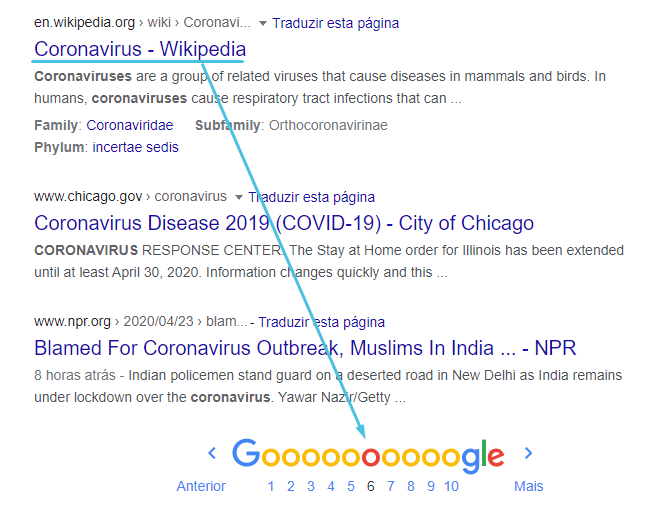
The impact on consumer behavior
Changes in online search, however, are reflective of a shift occurring in a much bigger force: consumer behavior. With day-to-day activities drastically impacted by isolation and scarcity-driven anxiety rampant, consumer behavior is transforming.
While it remains to be seen what impact COVID-19 will have on buying intent in the long term, Nielsen has identified six new key consumer behavior thresholds tied directly to the pandemic:
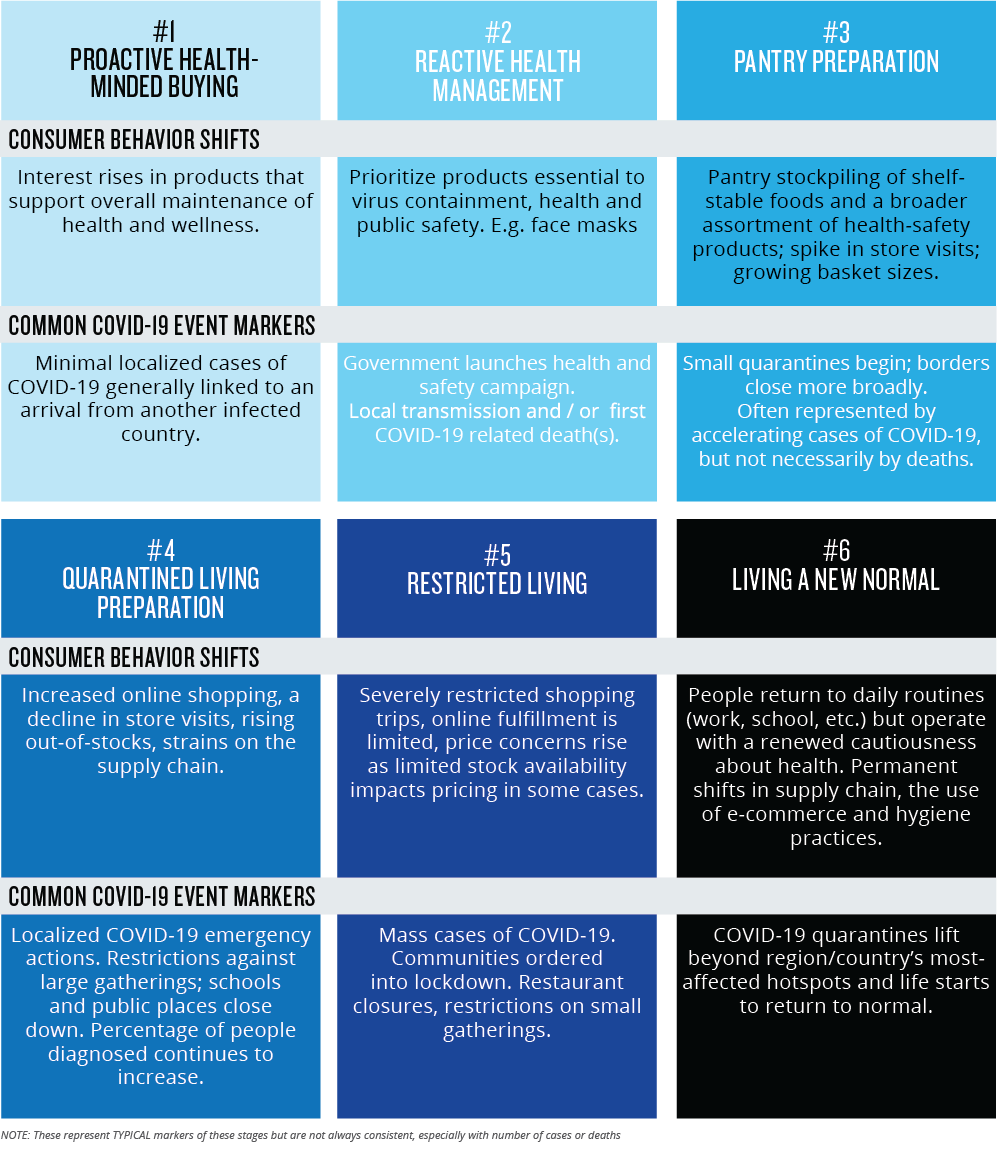
It seems that even after fighting tooth and nail for traffic, sectors like footwear, clothing, accessories, jewelry and others will still have to deal with 50% less spending. In contrast, online grocery shopping has spiked 31%, with many trying a specific grocery service for the first time.
B2B spending is not immune to the changes, either. Over the last month, B2B software buyers have swung from 40% reporting “we’ll spend more” to just 15%. Results from a TrustRadius survey include:
- Marketing software, IT support, project management software and sales tech are looking at possible spending cuts.
- Companies are focussing on remote work tools, such as web conferencing, collaboration, remote desktop and security software.
- 87% of companies expect to keep paying for their tools.
And what about marketing?
The priorities of individuals, communities and businesses have radically changed—marketing must therefore change alongside them.
There are many natural winners and losers in a locked-down world—for instance, no amount of marketing can make traveling in May appealing. But outside of this, we’re seeing companies adapt by doing everything they can to take care of current customers, launching new informational services and changing policies to make their offerings more attractive.
Per Gartner, the best thing to do is focus on providing value:
Customers are not seeking confidence that potential suppliers are “here for them” in times of trouble. Nor are they seeking confidence that certain suppliers offer “best-in-class” solutions. Instead, customers are in need of confidence in themselves and their own organization’s ability to survive, if not thrive, during times of disruption and uncertainty.
Here are a few examples of brands providing great value through content:
- HealthcareSource is helping companies adjust hiring practices in light of the pandemic.
- Talkspace is donating 1,000 months of free therapy to US medical workers, as well as providing content for everyone on their Facebook and Instagram pages.
You can draw inspiration from many companies’ adjusted marketing plans, such as these:
- Joy Howard, CMO of Dashlane, says they are pausing all mass media efforts and sorting through their creative to see what’s still relevant and what’s not. They are also creating new content their users can utilize during this time such as “internet self defense”, which aims to keep women safe online.
- Dara Tresder, CMO of Carbon, says that they are not only helping their existing customers, but also expanding to create shields, masks and other much-needed healthcare gear. They are also focusing on supporting their workforce with three main emphases: employee morale, navigating pipeline issues/canceled events and a business continuity plan.
- Lindsey Lurie, CMO of IBM Security and Cognitive Applications, outlines how they pivoted the focus of their annual hackathon from climate change to finding solutions for the current crisis. In addition, they are striving to educate employees about cyber security, an ever-present threat.
Many brands are putting their money where their mouths are, with numerous companies chipping in and providing financial relief to the most affected. Google donated $800 million, Cisco $225 million, Facebook $100 million, Intel and Lego $50 million each. Hootsuite, Salesforce, SAP and many others are also providing free services to help their customers get through these times. And there is no lack of heartwarming deeds, like these Oakland hotels housing homeless people.
Advertising trends
We’ve covered how marketing strategy and finances have shifted in the wake of COVID-19, so it’s time for the final piece of the puzzle: advertising. In these challenging times, verbal and visual messaging must both 1) promote the greater good, and 2) resonate with consumers.
The first popular trend? Companies promoting public health messages:
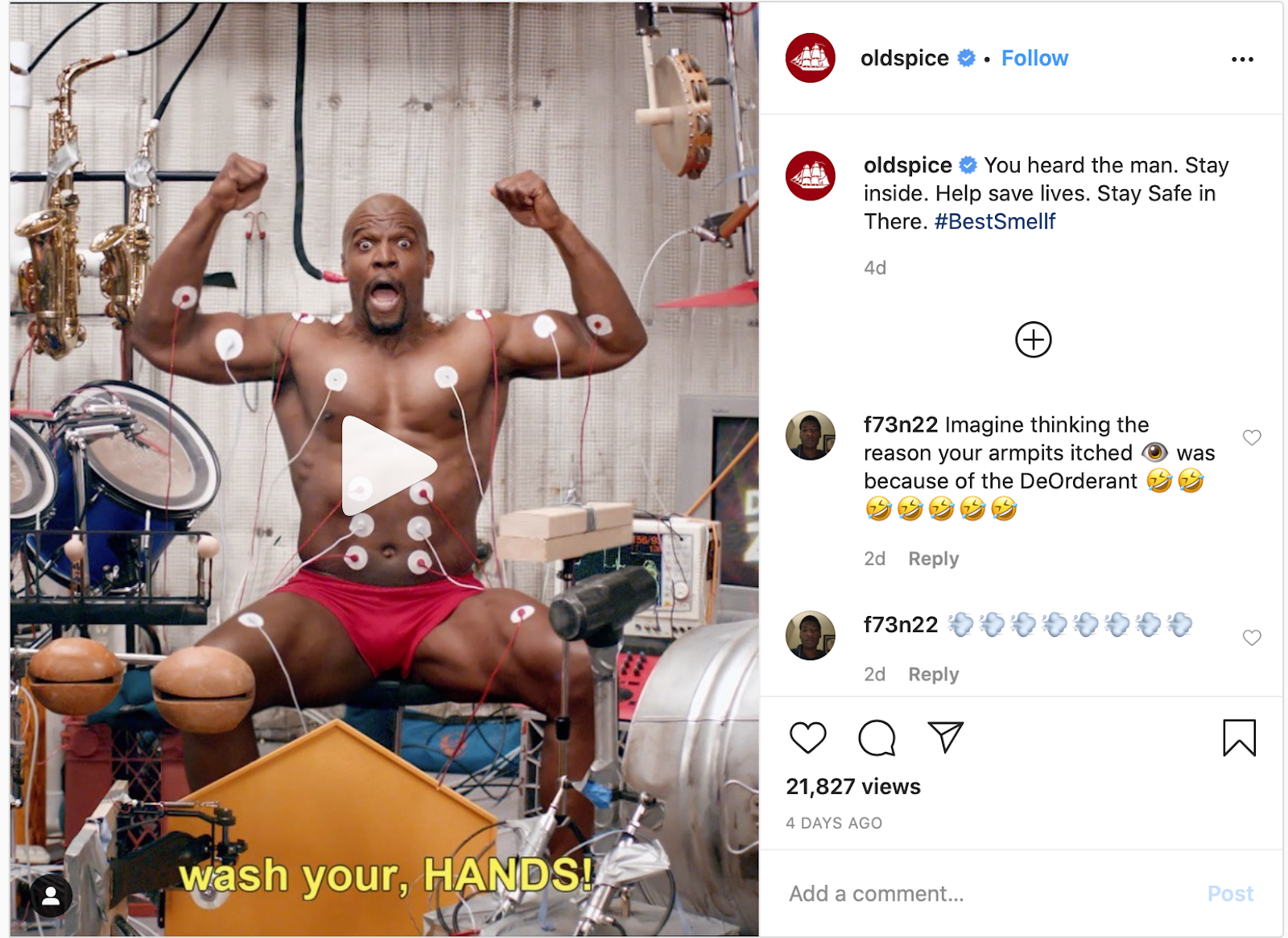
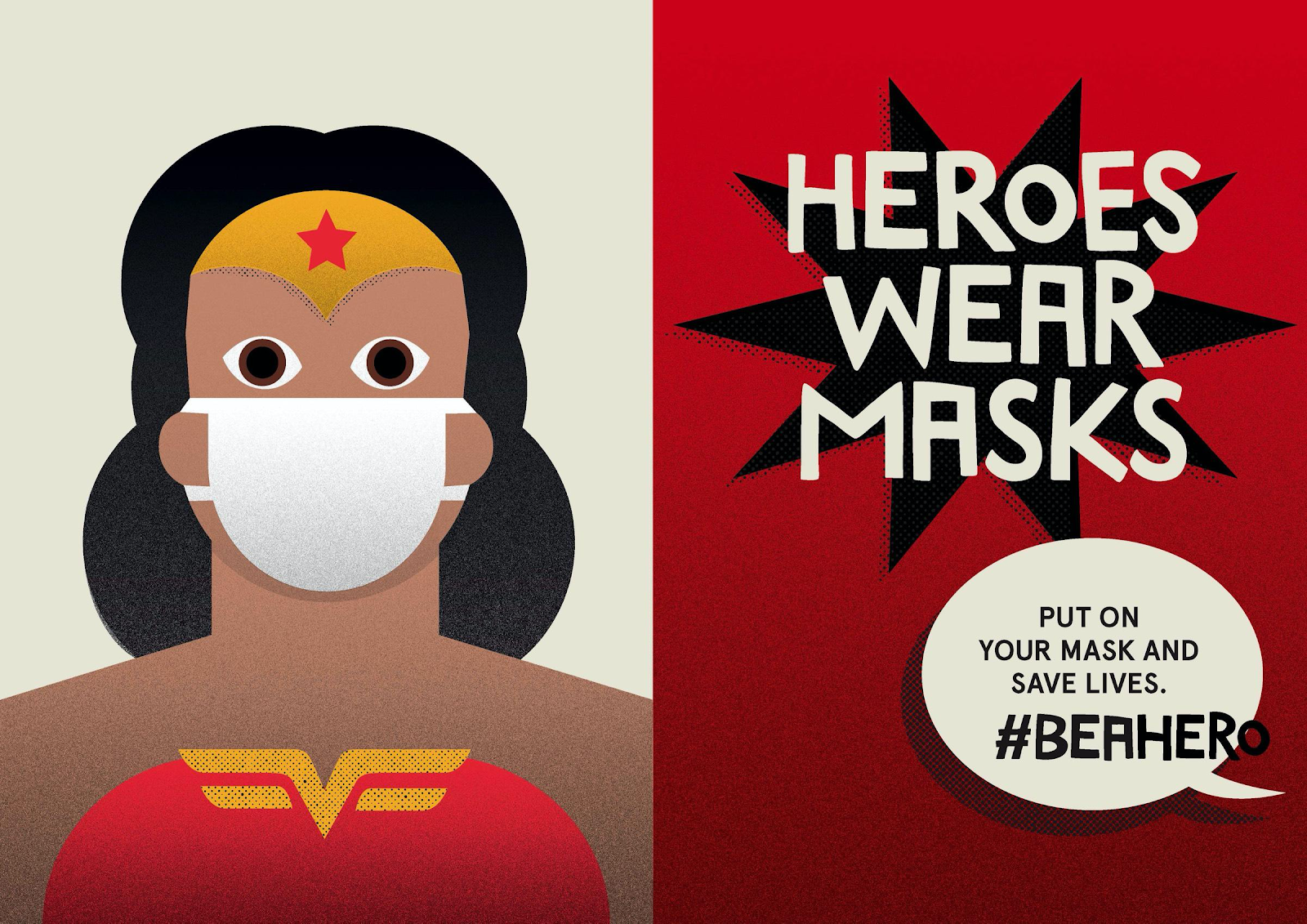
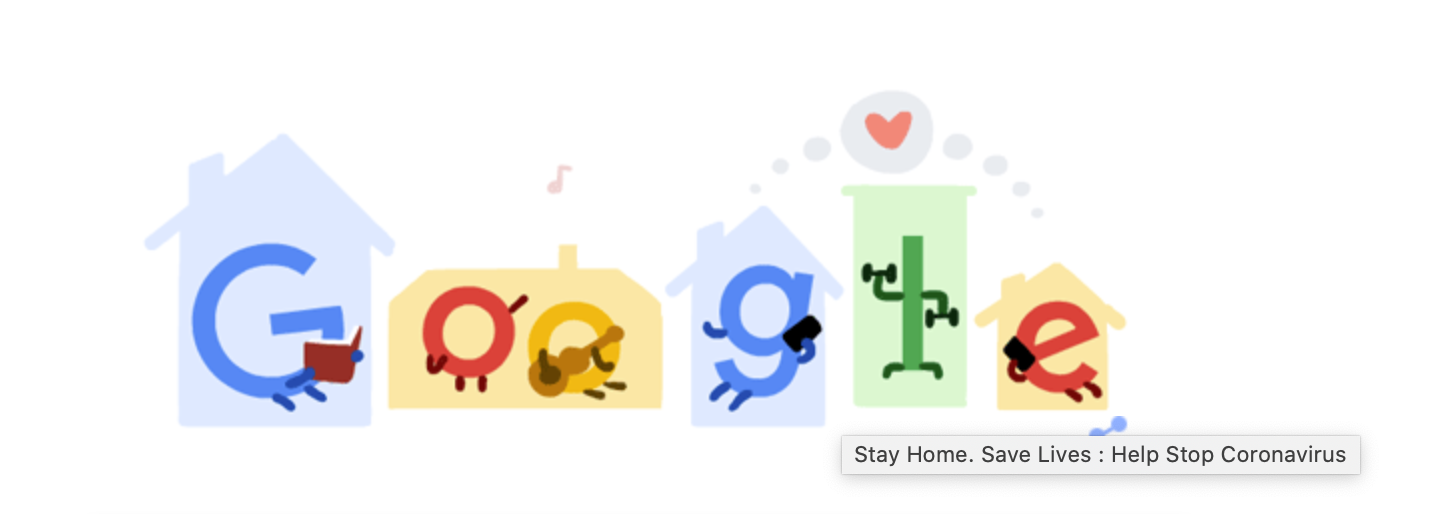
From Google’s homepage stay-at-home promotion to Old Spice’s utilization of Terry Crews’ muscles to remind you to wash your hands, brands are jumping in to remind the public that all hands must be on deck in order to stop the spread of COVID-19.
Next, we’re seeing campaigns that promote the pivots made as a result of COVID-19. In combating the crisis, a lot of companies have adjusted their production – whether it be to create goods for medical professionals, or to provide information and services that aid society as a whole.
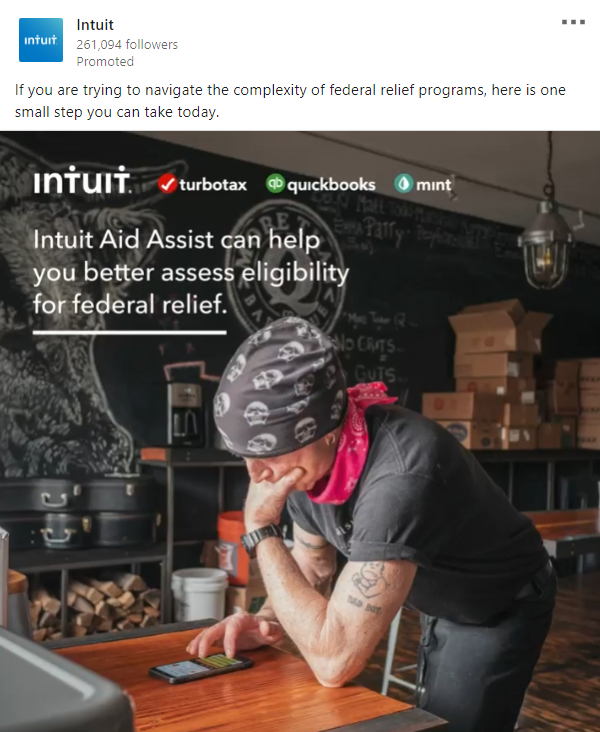
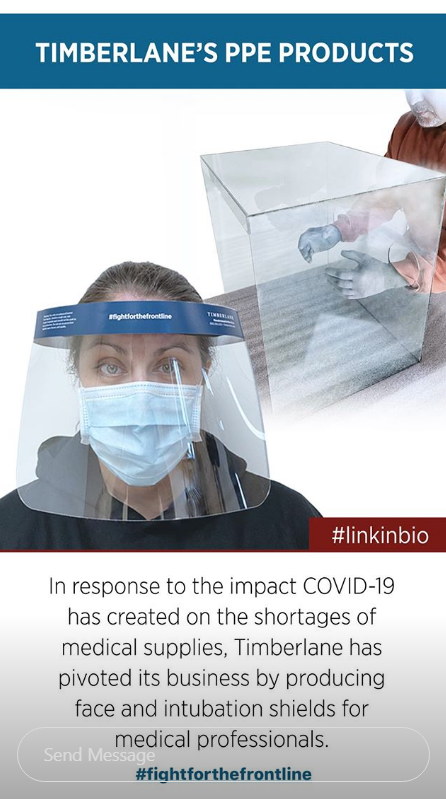
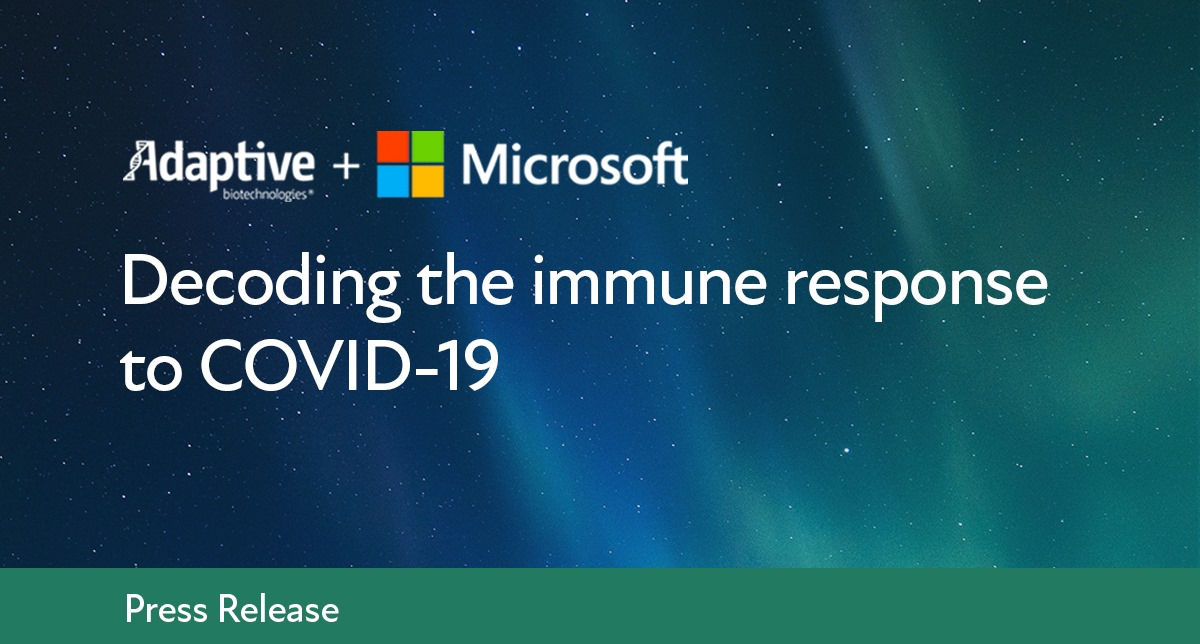
Finally, there’s been a lot of corporate feel-good adverts. From McDonald’s delivery to healthcare workers to Campbell’s soup being consumed over video call, brands are showing their products center stage in today’s “new normal”.
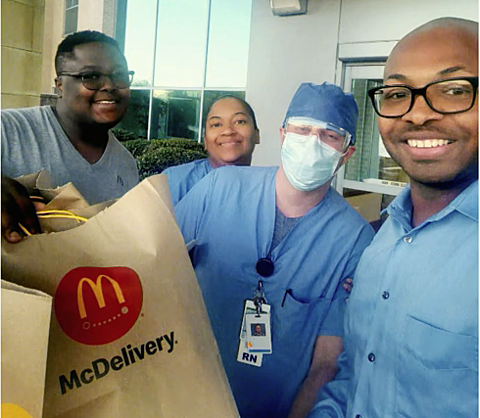
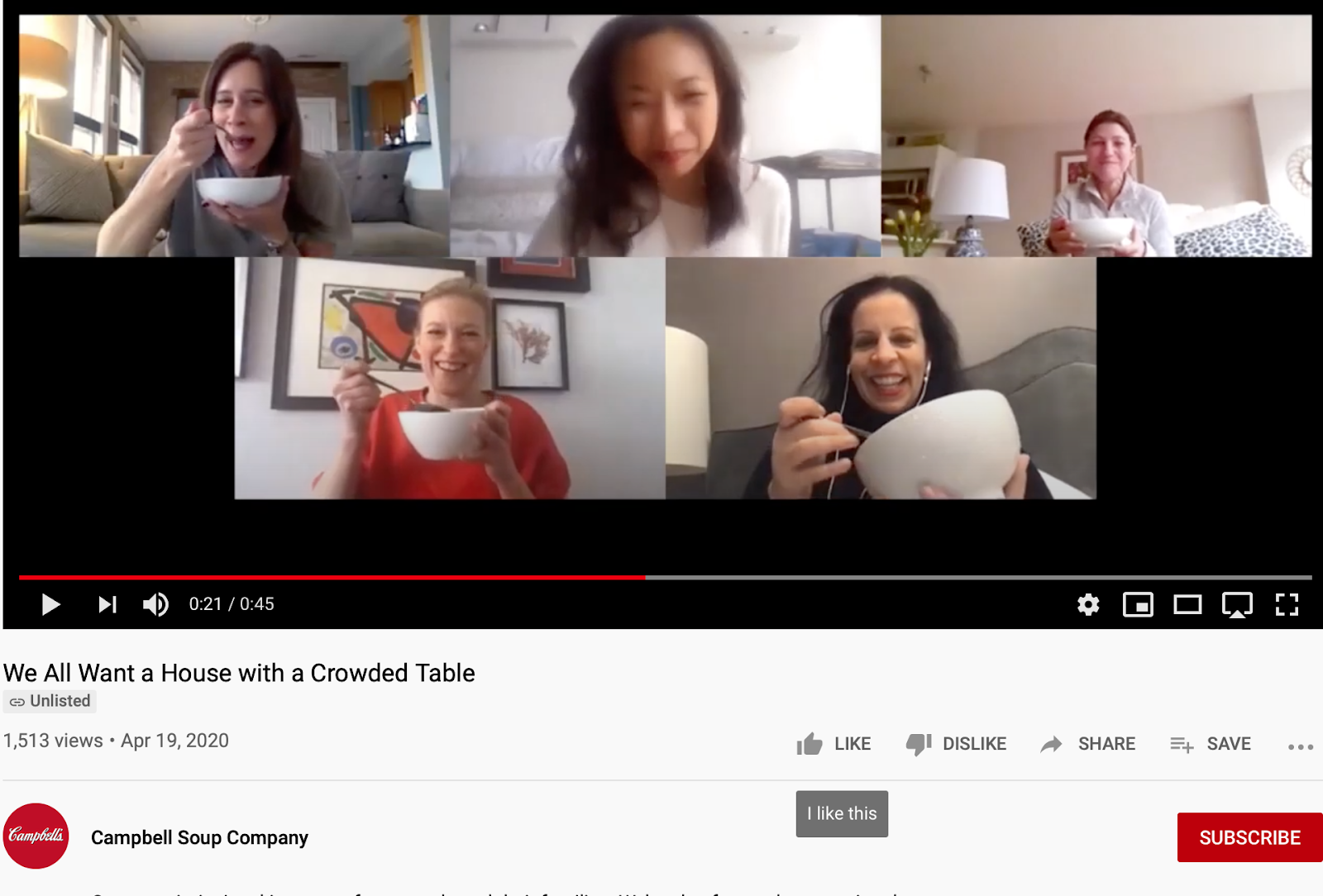
In summary
In a changing world, the way we connect with the internet, marketing and advertising is also in flux. Throughout these changes, however, this remains constant—brands must connect with their audience and provide value.
If your brand needs help communicating with your audience, please reach out here!
